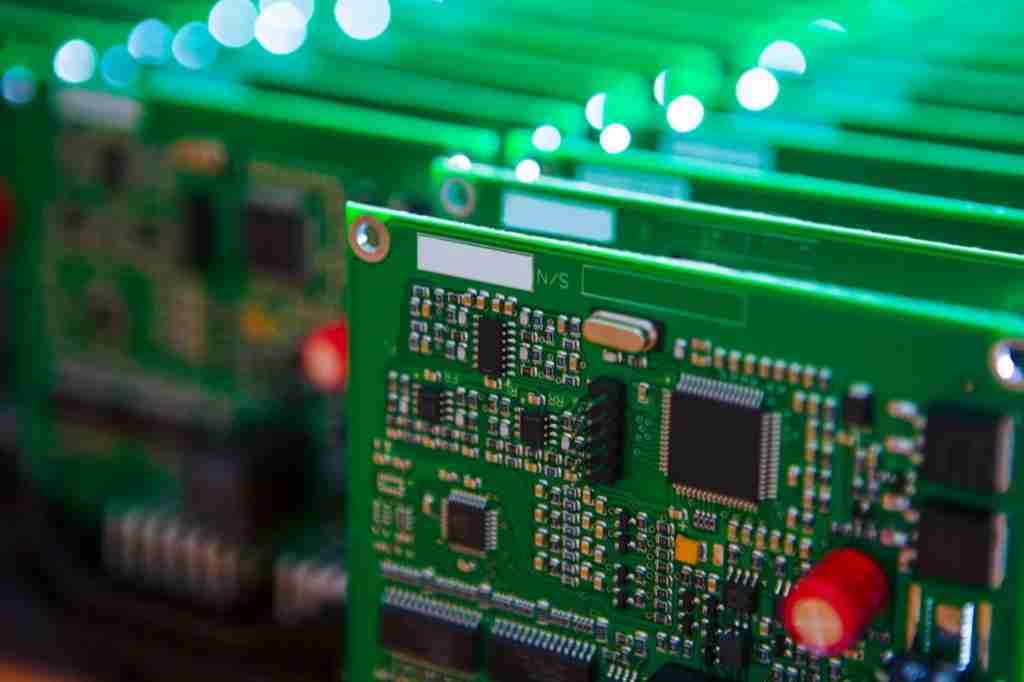What is High-Speed PCB Design
High-speed PCB design refers to designing high-speed signals on a printed circuit board (PCB).
High-speed signals typically have rise and fall times of less than one nanosecond (ns).
It involves knowledge of signal integrity for high speed design, electromagnetic compatibility, impedance matching, stacking design, wiring rules, etc.
The purpose of high-speed PCB design is to ensure the quality and reliability of high-speed signals and avoid problems such as signal distortion, interference, and reflection.
High-Speed PCB Design Considerations
1)Impedance matching
High-speed signals will generate electromagnetic fields during transmission.
If the signal does not match the impedance of the transmission line, this can lead to signal reflections, which can degrade signal completeness.
2)Spacing
The transmission of high-speed signals will be interfered with by other signals, power sources, ground lines, etc. Increasing the spacing between signals can reduce interference.
3)Length matching
The two lines of the differential signal should have the same length. If the lengths are different, it will cause signal deviation, thus reducing signal integrity.
High-speed PCB design requires specialized tools and techniques to ensure signal integrity for high speed design.
Specialized tools can help designers analyze signal transmission paths and identify potential problems.
Benefits of High-Speed PCB Design
1)Optimize signal transmission performance
High-speed PCB design can optimize signal transmission performance, resulting in lower signal loss and less interference at high frequencies, thereby improving system reliability and stability.
2)Signal Integrity
Through precise layout and layer stack design, signal reflection, crosstalk, clock jitter, and other issues can be avoided to ensure signal quality and reliability.
3)Power Optimization
High-speed PCB design can reduce power loss and improve system efficiency by optimizing circuit layout and layer stack design, which is especially important in mobile devices and battery-powered systems.
4)Improved heat dissipation
For high-power electronic devices, a precise high speed PCB layout can improve heat dissipation and ensure the stability of electronic components under high-load operation.
5)Shortened design cycle
Adopting advanced design tools and simulation technology can accelerate the design process, shorten the product development cycle, and improve market competitiveness.
Application of high-speed PCB
Here are some specific application examples:
1) Digital Signal Processing
Digital signal processing (DSP) refers to the technology of processing digital signals.
DSP technology is widely used in various electronic products, such as audio and video processing, image processing, communication, etc.
High-speed PCB design is crucial in DSP applications because DSP systems usually need to transmit high-speed signals.
In audio and video processing systems, high-speed PCBs are used to transmit audio and video signals.
2) Communication
Communication systems usually need to transmit high-speed signals, such as in Ethernet, fiber optic communication, wireless communication, and other systems.
High-speed PCB design is significant in communication systems to ensure signal integrity and reliability.
3) Storage
Storage systems are usually used in solid-state drives (SSDs), memory, and flash storage.
For example, in an SSD, a high-speed PCB is used to transmit data signals.
In memory, high-speed PCB is used to transmit data signals.
In flash memory, high-speed PCB is used to transmit data signals.
4) Image processing
Such as digital cameras, scanners, displays, etc.
High-speed PCB design is critical in image processing applications because image processing systems often need to transmit high-speed signals.
For example, in digital cameras, high-speed PCBs are used to transmit image signals.
In scanners and displays, high-speed PCBs are used to transmit image signals.
Summary
High-speed PCB design is a complex task that requires extensive expertise.
With proper design and implementation, you can ensure that high-speed PCBs can effectively transmit signals and meet system requirements.
Get the High-Speed PCB Design






